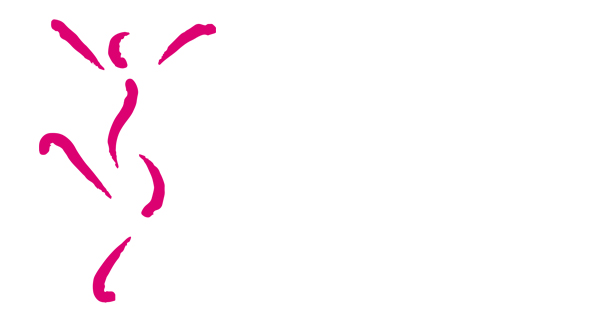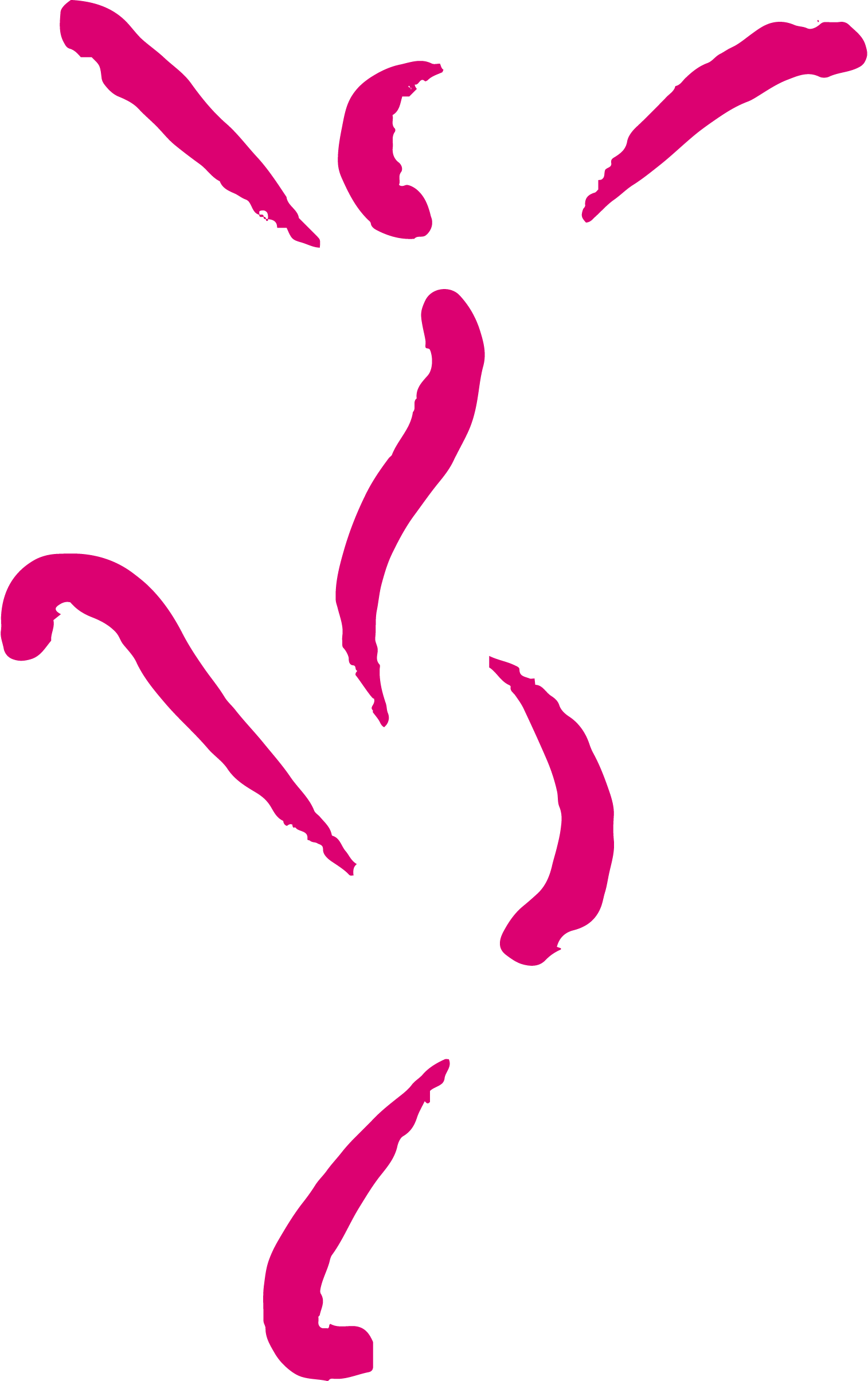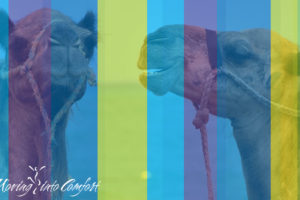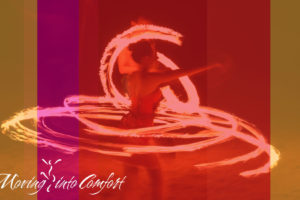(Composed 21 April 2020)
Inhibition.
It’s our superpower.
It comes on with lightning speed.
It’s more powerful than a speeding bullet:
Contraction.
It’s our first reflex. The first and primary action we can perform. Through the action of contraction, we assert our agency of self-assertion/direction/determination. “I can.”
It’s what causes our blood to flow, our body to breathe. Pulling away, contraction is our first protective reflex. It becomes a gleeful assertion of power, strength. Explored into fruition, it yields running, writing, creating, generating.
But not all superpowers are for good.
Contraction can become the thing we turn to for every challenge, for every solution. Holding a hammer, everything looks like a nail…
Modulation is key.
The first order of mastery is turning it on.
The second order of mastery is turning it off.
“Thought” is similar.
“I think, therefore I am.”
René Descartes
Shiny, low-hanging fruit – cognitive power, rationality, mental capacity, logical narrative thought, maybe “will”.
We look to rationality and the power of understanding to solve our problems. “If only I can understand this, I can change my mind, my self, into the person I aim to be.”
This line of thinking can lead us to overlook, to miss, the person we actually are:
The biological human being that underlies our cognition. It seems to me that our cognition rests upon the scaffolding of our biology; it arises from our biology, from our physiology. Our cognition is an emergent property of our biological be-ing.
It’s a common experience that we achieve the heights of our mental and cognitive capacity, including our ability or belief that we can assert contraction and inhibition to achieve our aims, and that we (eventually) begin to notice something is wrong: to our frustration, we are not perfectly able to assert our will of self-determination.
It turns out that we do not determine our selves – we discover them.
Moshe Feldenkrais famously said: “If we know what we do, we can do what we want.”
It makes perfect sense, actually: a map does us no good if we don’t know where we are. Orientation is the first step. And orientation involves taking in where we find ourselves, how we find ourselves (our state of being, our state of organization): accurately assessing what’s in our bag – our tissues, organs, their organization/coordination (is it harmoniously symphonic or a clanging cacophony?), how well they are functioning, and more.
A-hah!!!
So, where/how do we find our selves?
Great question. Let’s detour for a bit, exploring how we got here…
A History of (over-) Contraction
A Brief History of modern Personal Development:
On the road to being a mature human being, we traversed a developmental process in which there was a hand-in-hand back-and-forth-ing between corporeal development (tissues, organs, muscles, coordination, etc.) and life experience/learning; each affecting the other, shaping the other, forming over time an internally complex individual within a scaffolding of a collective socio-cultural order. The entire lifetime, ancestry’s influence bearing mention, shaping the form(s) of the eventual outcome.
Commonly, the developing individual (and, in a fractal parallel, the developing community/culture) experiences unmet or affronted needs – needs for nutrition, health, safety, just-right challenges, etc. In these moments, the individual may recruit the handy-dandy strategy of contraction – pulling away from, or pushing through, a threat or a problem. This can become the “go to” strategy for navigating difficulties – inside or outside the envelope of the body.
Consider how it may be if some quality, trait, behavior, emotion is identified as a “problem/threat” and the individual feels relief from anxiety or fear by “bracing” against it, exiling it from the realm of the accept-able. Sometimes this bracing contraction becomes ingrained as habit, a default configuration that performs a “structural” function within the individual (or culture), eventually falling below the threshold of sensation and awareness, becoming part of the scaffolding of “life as usual.”
Inhibition takes a toll that is not immediately apparent. After decades, systems initially strong begin to break down, revealing cracks and tensions that are rotting the engine from the inside out. Some of us find ourselves on the edge of a cliff where we have to do something different, or die.
It takes effort, energy, to uphold all that contracting; it’s not sustainable. Something has to give; something will give. Over time, agency and well-being break down. Consider the rampant patterns of degradation in our resilience – our health, our happiness, our ability to cope – high rates of suicide, addiction, disease, poor health and dis-satisfaction.
A lot of this shows up around midlife: “Why do I feel so sick and miserable?!” We feel betrayed by the Ideals we’ve worked so hard to achieve and turn out to be empty
Superpowers run amok…
“Aikido is the art of turning the fear of falling into the joy of flying.”
Don Read, 3rd Dan
Ok, so, contracting as a default strategy leads us very astray. We’ve painted a cautionary tale for a lifetime of efforting at self-determination, the illusion of control, powerfulness, contracting as our best strategy to protect ourselves and achieve our goals. Mirroring what the people around us are doing/believing is the.right.best.way to fill.in.the.blank, at tremendous personal and collective cost.
Taking on the second order of mastery, letting go, is the thing.
Turns out we can feel better (much, much better!!!), happier, and fulfill our potential. I won’t sugar coat it: It takes all the courage we can muster. After all, contracting has been our “go to” strategy for safety going way, way back on our timeline. Letting it go means embracing feeling vulnerable – it’s a given – letting go of what we were convinced kept us safe and made us strong feels like embracing Death. Full.Stop.
In-corp-orated => Corps (Body) Included
You know that old thing about getting to the end of rebuilding a car only to find a bunch of left-over parts?! Ruh-Roh.
We’re called to find a way to include all the parts, incorporate every aspect of ourselves, if we are to fully function, thrive.
There’s a reward. We get satisfaction, contentment, flow, comfort, Joy.
Disinhibition is the first step to discovering our truth.
Releasing the energy tied up in contracting frees up an organic harmony to unfold – a new organization synthesizing all the parts, one that requires less effort to maintain than whatever we were doing before, and feeling much, much better. “Whew! What a relief!!”
What is it, exactly, that we’re doing? We’re cultivating the capacity to admit “yes, *that’s* there in me” and then just “being there” with it.
It’s a humbling phenomenon: “I’m different than I thought I was; Life is different than I thought it was. Powerful means something I hadn’t expected.”
Places, things, we saw as strong aren’t as strong as we thought, aren’t the strengths we perceived them to be. It turns out our strengths actually lie elsewhere or are composed differently than we believed. We experience the joy of flow.
We move past the low-hanging fruits of achieving security and success through (over-reliance on) contraction into a more nuanced, sophisticated capacity for greater precision and mastery in being.
We live with more tone, color, nuance, refinement, and greater attunement – to ourselves and to/with others, achieving the greater whole of our potential, attaining higher levels of achievement and artistry of being than we’d dreamed in our earlier selves.
Contraction, it isn’t all it’s cracked up to be.
Disinhitibit. Disinhibit. Disinhibit.
I can help.






Leave a Reply
Your email is safe with us.